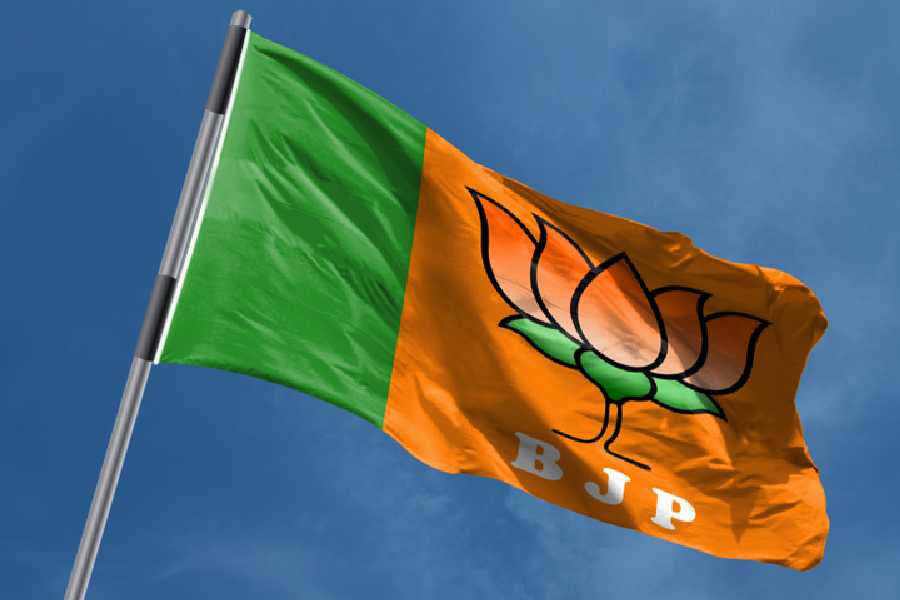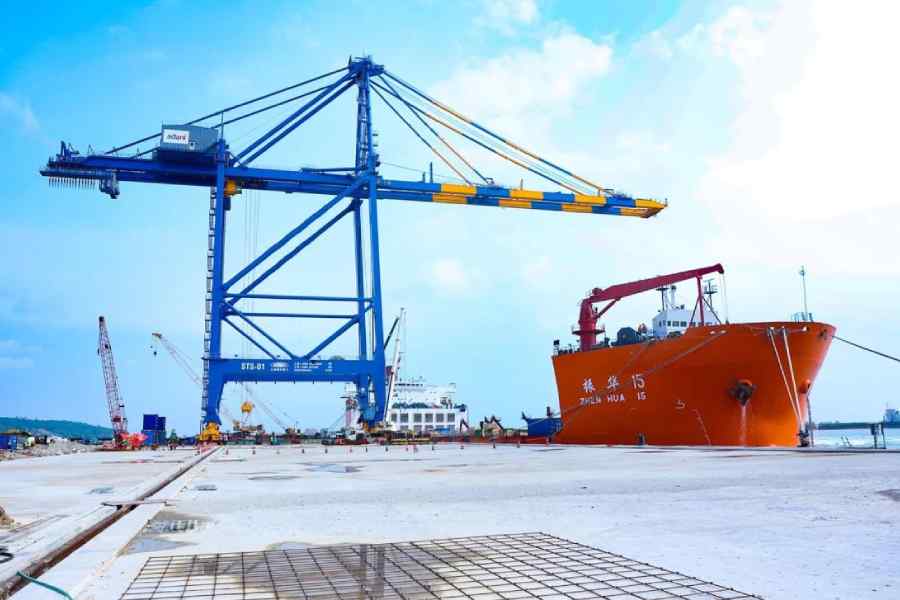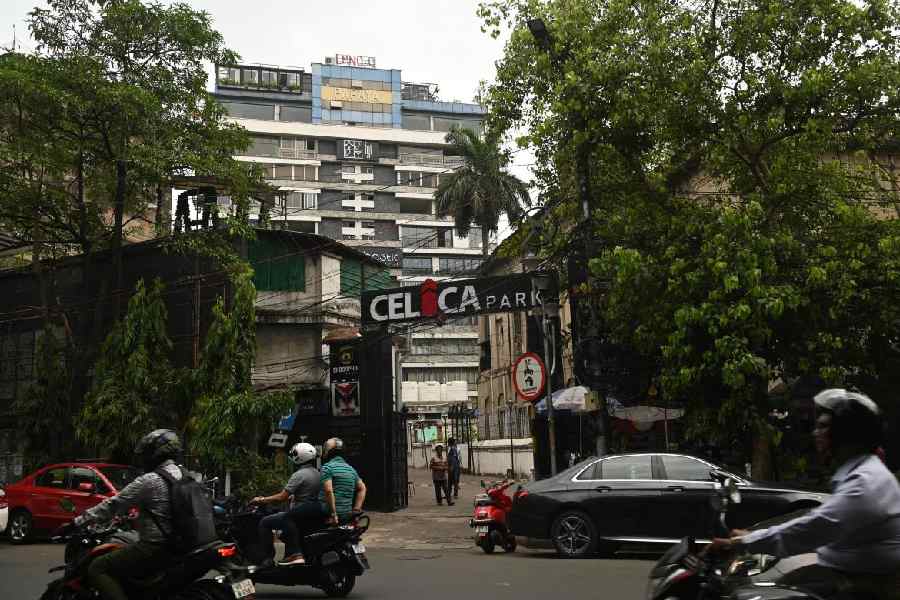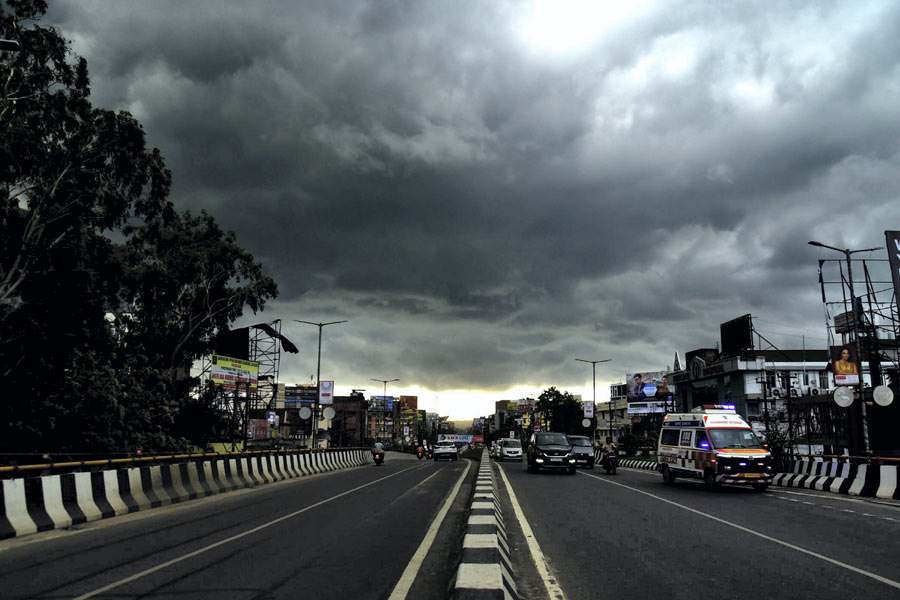 |
| A private bus spews toxic fumes, polluting the air Calcutta breathes. A Telegraph picture |
Automobile emission, the primary reason behind air pollution in Calcutta, is on the rise. Here’s the low-down on the role of the green watchdogs — the environment department and the pollution control board (PCB), a statutory body under the department — in tackling the menace...
![]()
What are the responsibilities of the PCB and the environment department?
The PCB, created under the Water (Prevention and Control of Pollution) Act, 1974, is responsible for implementing 12 major acts and rules related to the environment, with control of pollution from the industrial sector being the major objective.
The environment department is mainly concerned with policy formulation and monitoring.
![]()
Who are responsible for controlling auto emission in the city?
Motor vehicles wing, under the transport department, and traffic police, according to Central Motor Vehicles Rules, 1989.
![]()
How can the PCB and the environment department help?
They can’t do much at the ground level, apart from providing technical assistance sought by the transport department. For example, they evaluate the competence of the auto emission testing centres.
![]()
What else can they do to curb auto emission?
The environment department can issue directions to the motor vehicles wing on choice of fuel and auto-emission standards, under the provisions of Air (Prevention & Control of Pollution) Act, 1981.
Officials say it is difficult to implement the Air Act for controlling auto emission as its status, vis-à-vis the Motor Vehicles Act, is not clear. The judiciary generally holds the transport department and the police accountable for auto emission, say the officials.
![]()
What have the PCB and the environment department done to tackle auto emission?
In 2003, an alternate fuel (CNG or LPG)-based action plan for Calcutta was submitted to the Supreme Court, the first of its kind in the country. Other states went ahead and utilised the model, but it was never used in Calcutta.
A pilot project, funded by the Canadian government, was taken up to convert autorickshaws to LPG, but it, too, flopped.
Committees constituted by the high court in 2000 and the transport department in 2004, led by the state board officials, made a series of recommendations for curbing auto emission. The recommendations remained on paper.
![]()
What could they have done?
Been more proactive, like their counterparts in other states.
![]()
What happens in other states?
Task forces with respective state boards as nodal bodies have been created under a Supreme Court directive in several states. There has been large-scale conversion to CNG in Delhi after the Supreme Court’s intervention. In Mumbai, more than 100,000 vehicles have converted to clean fuel. The figure for Calcutta is about 5,000.
![]()
How much importance does the state government give to the PCB and the environment department?
The state government, which was the first to have a full-fledged environment department in the country, has reduced the green watchdogs to puppets. Noise monitoring by the PCB, with judicial backing, was once the model for the rest of India. The board was the first to seek bank guarantee from and impose fines on environment norm violators. Its public grievance cell only deals with complaints against highly polluting industries now, say officials.
![]()
What do the experts feel?
“The PCB cannot remain a silent spectator on the excuse that it does not have adequate legal power. The board should have raised the auto-emission issue in appropriate forums,” said environment activist Subhas Dutta.
— Jayanta Basu










